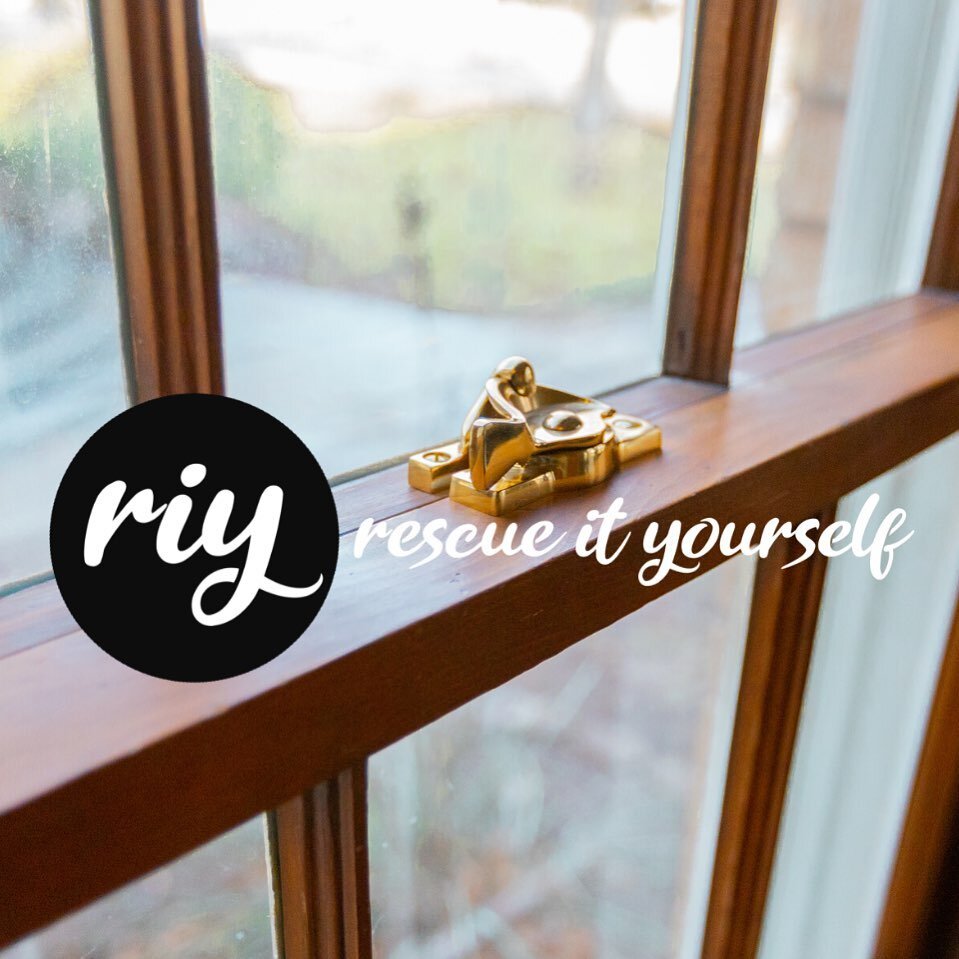Your historic house is drafty and cold. Your electric bill in the summer is rising. Your natural first thought and a questions we are often asked, “Should I insulate the walls of my old home?”
The wrong method can have a lasting negative impact on your home… and health.
Based on what we’ve seen assessing a number of homes and the National Park Service’s stance on it through their Preservation Briefs, we do NOT recommend insulating the walls of a historic home.
If the vapor barrier is not installed carefully and the correct products used, it can cause mold, mildew, rot, loss of paint adhesion and start the home down a path of rapid decline.
The pictures in the post are of an 1890s home in a Level 4 Wood Deterioration Zone that had holes drilled around the entire exterior, then was filled with insulation, and the holes plugged. This has caused water vapor to be trapped in the wall cavity and due to the region’s ideal conditions for rot, mildew and mold growth, the home is now covered in mildew as well as has a number of additional issues that will be difficult and costly to remedy.
If it is going to be insulated, it should be completed in conjunction with a full interior remodel or a full siding removal and exterior restoration. As to what products should be installed, that’s a post unto itself.
In addition to this, if you only insulate one room of the home, it can actually increase the pressure in the home, forcing air into other areas, causing additional issues. This means that it can be better for your home if you do not insulate the kitchen only during a remodel.
What should you do?
Insulate in between your floor joists following the guidelines for your region and home.
Insulate your attic.
Ensure your roof has proper ventilation.
Seal penetration in the floors, walls, cabinet, ceiling.
Add EnergyStar rated aluminum storm windows - Some may say weatherstrip your windows, but due to the cost of weatherstripping, labor to install and risk of damage, storm windows have a higher ROI with less risk.
Add a wood or aluminum storm door
Caulk/seal the joint between the baseboard and the floor.
Air infiltration is the biggest enemy of energy efficiency, and these 7 items create a more cost effective solution to decreasing the drafts in a historic home WITHOUT causing long term issues.
🔨🏠🪟🚪🧱🔨🏠🪟🚪🧱
Needing help with your historic home, building, or structure?
📞 405.549.9880
📧 info@oldhomerescue.com




















